Difference between revisions of "The Bird of Happiness"
Jump to navigation
Jump to search
| Line 49: | Line 49: | ||
###Activity 1 | ###Activity 1 | ||
####Give the students a set of pictures and can they tell a story | ####Give the students a set of pictures and can they tell a story | ||
| + | ####See the following [http://vidyaonline.net/dl/book01.pdf link] for how you can tell a story from photographs. | ||
#Idea 2 - Discussing the story | #Idea 2 - Discussing the story | ||
##The key actors | ##The key actors | ||
| Line 60: | Line 61: | ||
###Activity 3 | ###Activity 3 | ||
####Give the series of images of a scree | ####Give the series of images of a scree | ||
| + | ####Other sections of the stories can also be given to students for rewriting/ interpretation | ||
| + | ####Ask students to write a story | ||
| + | ####Read out the stories and record and correct pronunciation | ||
| + | ####Using images of scree to write a picture book | ||
{|class="wikitable" | {|class="wikitable" | ||
|- | |- | ||
| Line 70: | Line 75: | ||
|[[File:scree2.jpeg|150px]] | |[[File:scree2.jpeg|150px]] | ||
|} | |} | ||
| − | |||
| − | |||
| − | |||
###Activity 4 | ###Activity 4 | ||
####Make a series of pictures and role play and tell the story | ####Make a series of pictures and role play and tell the story | ||
Revision as of 02:55, 11 February 2015
Concept Map
Additional Information
Life and culture in Tibet
- Tibetan landscape
- Climate in Tibet
- Images of Tibetan Life
- Tibetan People
- Barley and barley bread
- Tibet Oral History
- Tibetan food
- Religion in Tibet
- Images for Tibetan Mythological creatures
Compilations of Tibetan folk tales
What is this story about
- About a Tibetan village where people where poor and suffering (discuss reasons and the role of natural resources in human life)
- A boy's search to help his village
- About the boy's virtues, ethics and how that helps the village
- We are introduced to the customs in the village
- Names and characters in the Tibetan mythology
https://www.youtube.com/watch?v=rNAuvquh4O4
http://www.inyatrust.com/editor/uploads/7/5/2/9/7529832/185003695108296584_10th_english_question_bank_-2014-15.pdf
Language used in the story
- Translated text (talk about the Sino Tibetan family of languages)
- Who is the translator?
- Some vocabulary specific to mountains
- Some vocabulary which is a slang is also used (for grandfather, etc)
- Written in the past tense
- Third person narrative
Teaching Outlines
- Idea 1 - Life, climate and culture of Tibet
- Context of the story
- Life conditions
- Tibetan customs and practices
- Activity 1
- Give the students a set of pictures and can they tell a story
- See the following link for how you can tell a story from photographs.
- Activity 1
- Idea 2 - Discussing the story
- The key actors
- The key ideas
- What belief systems
- Activity 2
- Students can make a mind map of what they picked up from the story
- Share the mind maps and discuss
- Focus on words used, understanding of vocabulary
- Discuss multiple interpretations
- Activity 3
- Give the series of images of a scree
- Other sections of the stories can also be given to students for rewriting/ interpretation
- Ask students to write a story
- Read out the stories and record and correct pronunciation
- Using images of scree to write a picture book
- Activity 2

|

|
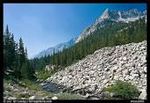
|
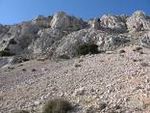
|
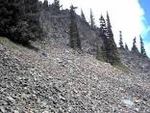
|
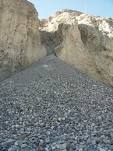
|
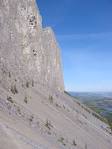
|
- Activity 4
- Make a series of pictures and role play and tell the story
- Reflect on the belief systems shared
- Activity 4
- Folk Tales and how they are organized
- Comparison with other folk tales locally
- Activity 1
- Show other nature cultures/ mountain cultures stories and make a comparison of the ideas
- Activity 2
- Activity 1
- Translate one of the Kannada stories into English with images
- Comparison with other folk tales locally